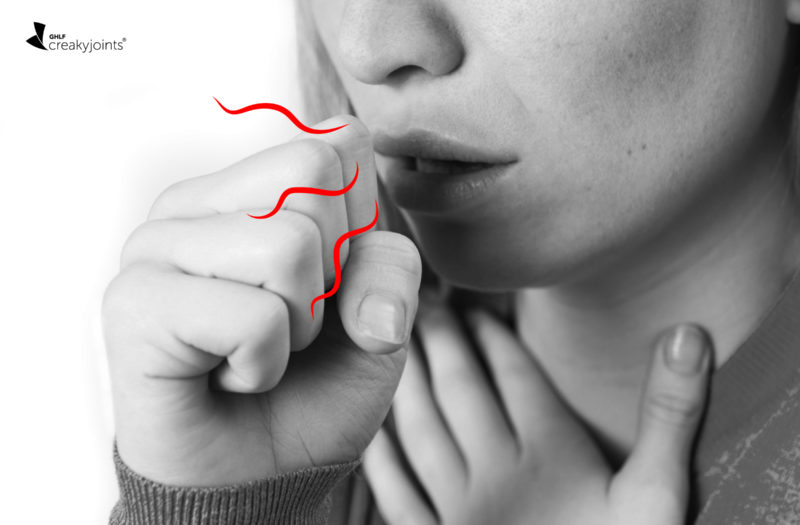Learn more about our FREE COVID-19 Patient Support Program for chronic illness patients and their loved ones.
If you were sick, you’d know it, right? Not so fast, especially when it comes to COVID-19. As you may have heard, many people are asymptomatic carriers of COVID-19, which means that they feel fine despite being infected with the virus. (Many may never even know they have coronavirus unless they get tested because of routine testing or known exposure to a positive case.)
And while it might seem like those who are asymptomatic are less apt than those who are coughing and sneezing to infect others, that hasn’t turned out to be the case.
In fact, new research suggests that both groups tend to have similar “viral loads” — and that asymptomatic carriers may have the virus in their bodies for several weeks.
The study, published in the journal JAMA Internal Medicine, focused on a community treatment center in South Korea. After testing positive for the virus, 303 people were sent to isolate at this center, regardless of whether they felt sick. Initially, 193 patients had symptoms and 110 did not, but 21 of the asymptomatic patients developed symptoms while at the center, leaving 89 who remained asymptomatic.
Everyone was periodically retested to see if they were still infected and to measure viral load, which refers to the quantity of viral particles. The higher the viral load someone has, the greater the odds are that they will make someone else sick.
Tests revealed that viral loads were similar between the symptomatic and asymptomatic groups. They actually decreased more slowly among the asymptomatic carriers, which meant that they had higher loads for longer.
On average, it took people in the asymptomatic group 17 days from their first positive test to finally test negative for the virus. Those who were sick with symptoms took an average of 19 days before testing negative.
While both those numbers are longer than the standard 14-day quarantine period that’s often recommended, “it is important to note that detection of viral RNA does not equate infectious virus being present and transmissible,” the authors wrote.
The key takeaway, however, is that the presence or absence of COVID-19 symptoms can be misleading. “An important implication of our findings is that there may be substantial underreporting of infected patients using the current symptom-based surveillance and screening,” the authors wrote.
Get Free Coronavirus Support for Chronic Illness Patients
Join the Global Healthy Living Foundation’s free COVID-19 Support Program for chronic illness patients and their families. We will be providing updated information, community support, and other resources tailored specifically to your health and safety. Join now.
Lee S, et al. Clinical Course and Molecular Viral Shedding Among Asymptomatic and Symptomatic Patients With SARS-CoV-2 Infection in a Community Treatment Center in the Republic of Korea. JAMA Internal Medicine. August 2020. doi: https://doi.org/10.1001/jamainternmed.2020.3862.
Walker M. Asymptomatic COVID-19 Patients May Shed Virus Even Longer. MedPage Today. August 6, 2020.
https://www.medpagetoday.com/infectiousdisease/covid19/87926.






